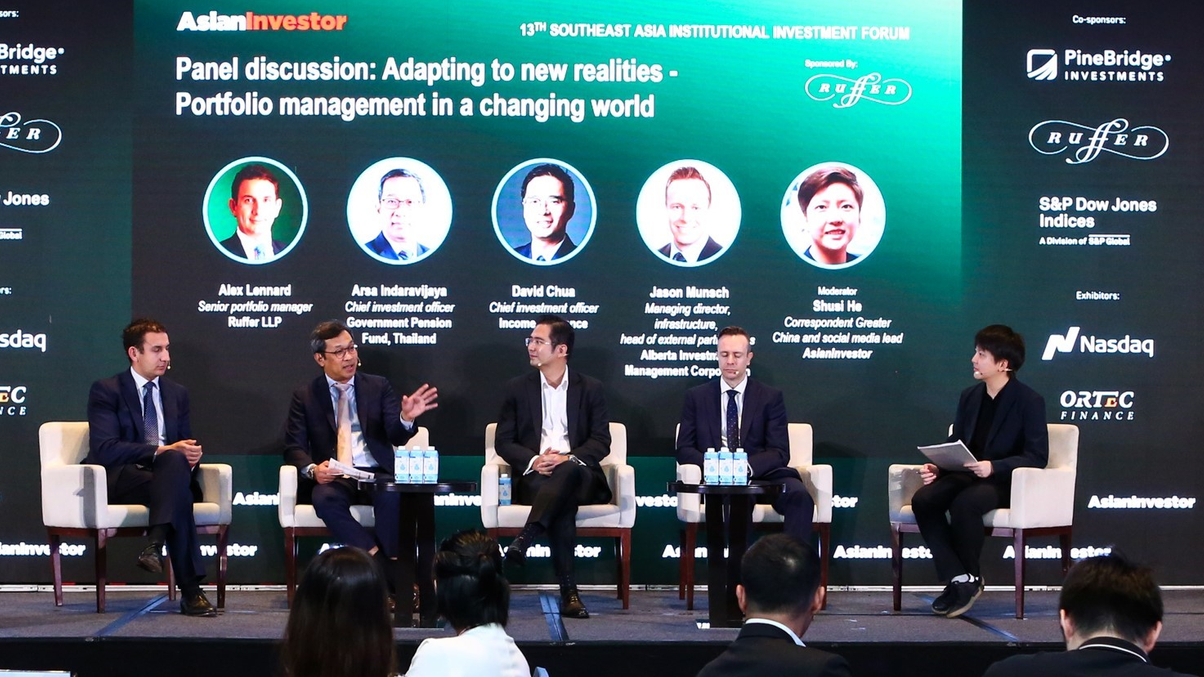How GPF, AIMCo deploy currency hedging to protect portfolios
The Government Pension Fund of Thailand and Canada’s Alberta Investment Management Corporation are rethinking hedging strategies for their US dollar assets amid high interest rates.

The Government Pension Fund of Thailand (GPF) and Canada’s Alberta Investment Management Corporation (AIMCo) said it is a challenge to adapt their currency hedging strategies to the rising rate environment.
Sign in to read on!
Registered users get 2 free articles in 30 days.
Subscribers have full unlimited access to AsianInvestor
Not signed up? New users get 2 free articles per month, plus a 7-day unlimited free trial.
¬ Haymarket Media Limited. All rights reserved.


